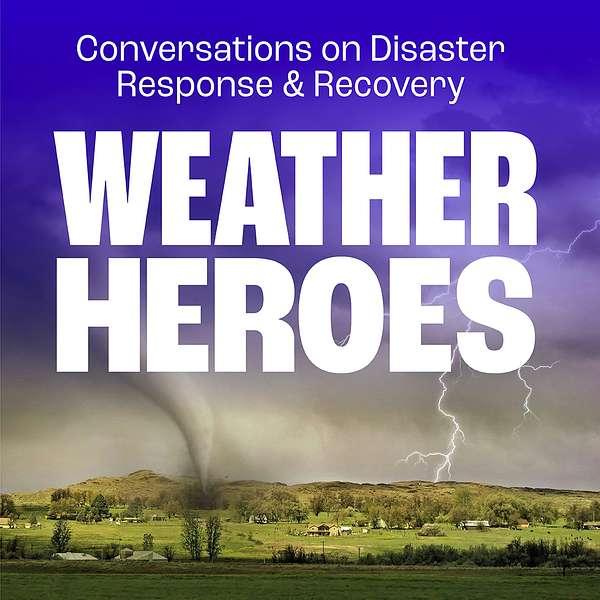
Weather Heroes
Weather Heroes takes you on an insightful journey into the essential realm of disaster preparedness and response. We introduce you to key weather experts from diverse backgrounds and industries, shedding light on their vital roles before and after extreme weather events.
The financial, environmental, and human costs of weather disasters are staggering. In 2023 alone, the National Oceanic and Atmospheric Administration (NOAA) reported 28 weather disasters, causing at least $92.9 billion in damage. This record-breaking year surpassed the previous high of 22 events in 2020. Since 1980, the U.S. has endured 376 major weather events, accumulating over $2.5 trillion in damages.
With the total damage estimate from 2024, including the L.A. Wildfire and the third costliest hurricane season (featuring Hurricane Helene), the overall cost will undoubtedly rise. Moreover, countless smaller-scale disasters also leave profound impacts on people's lives and properties.
Each weather event unfolds its own narrative, uniquely affecting individuals and communities. Weather Heroes connects you with those who rebuild lives—sharing stories of resilience and unwavering dedication.
Weather Heroes
Wonderous Wood
After Hurricane Andrew made landfall in 1992, plywood prices rose 45% and prices for Southern pine framing lumber increased 17%. In the wake of Hurricane Katrina in 2005, the wood products markets reacted strongly.
Panic buying of lumber and structural panels went on for weeks. Lumber and plywood costs increased an average of 30% the four weeks after landfall, however decreased to normal over the next six to eight weeks.
Hurricane Katrina destroyed or damaged timber worth about $2.4 billion in Alabama, Louisiana and Mississippi, according to a report from the Forest Service's Southern Research Station. Close to 30 percent of the 16 million acres of timberland in the area was affected by the hurricane.
Numerous sawmills and structural panel plants were knocked offline in Louisiana and Mississippi by the storm, and huge volumes of lumber and panels were destroyed at the ports along the Gulf of Mexico. Highways and rail lines faced extensive repairs adding to the challenges of shipping wood to the areas that needed it most.
The Joint Center for Housing Studies at Harvard University says that there is flexibility in the supply system and wood manufacturers are better able to predict volume from major storms. For example, there were no price fluctuations after Hurricane Ian in 2022.
Listen as we talk with Patrick Schliesman about wood. He has been in the business for over 30 years. He talks about the supply chain, how lumber and plywood get made, and how it is rated.